
Web3 social is having a moment, and it’s not just about decentralizing your news feed. The real action? On-chain reputation systems like GiveRep are fundamentally changing how trust, influence, and rewards work on platforms such as Farcaster and Lens Protocol. If you’ve ever wondered how decentralized social networks can compete with the engagement engines of Web2, this is where things get spicy.

Why On-Chain Reputation Is the Secret Sauce for SocialFi
Let’s face it: Web2 social media is built on black-box algorithms and walled gardens. Your likes, shares, and comments power the machine, but you rarely see direct rewards or transparent metrics of your reputation. Enter on-chain reputation. Platforms like GiveRep flip the script by making your social activity provable, portable, and valuable, right on the blockchain.
GiveRep, running on Sui’s high-speed chain, lets users earn REP (reputation points) for real engagement: commenting on Web3 posts, joining campaigns, or contributing to DAOs. These points aren’t just badges, they’re verifiable credentials that can unlock perks across SocialFi apps. Imagine earning airdrops or access to exclusive communities based on what you actually do online. That’s a game changer for creator economies and community growth.
How GiveRep Rewards Authentic SocialFi Engagement
-
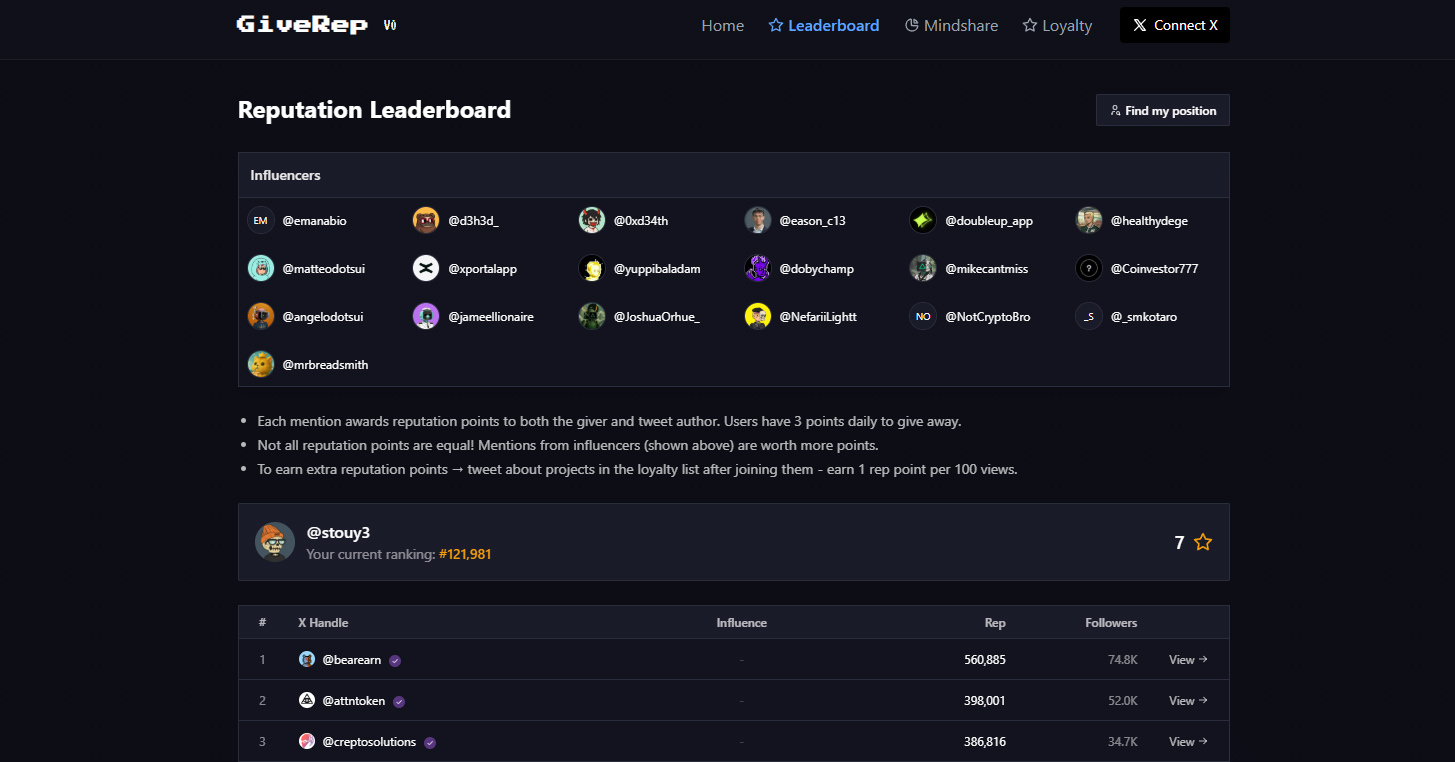
Earn On-Chain REP for Meaningful Interactions: GiveRep tracks and rewards users with reputation points (REP) for authentic activities like commenting, posting, and sharing on SocialFi platforms such as Farcaster and Lens Protocol.
-
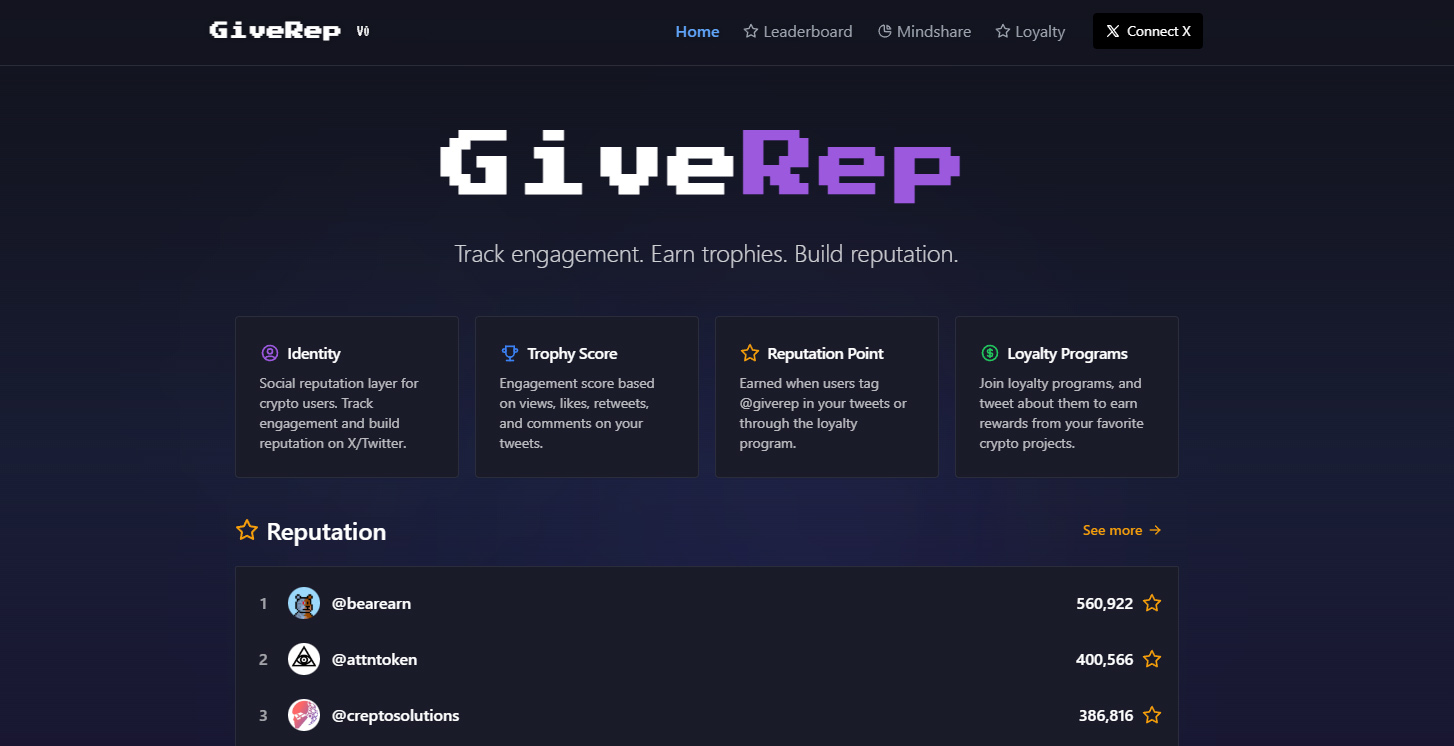
Participation in Partner Campaigns: Users can boost their REP by joining partner campaigns and collaborative events, which incentivize active involvement in trending Web3 discussions.
-
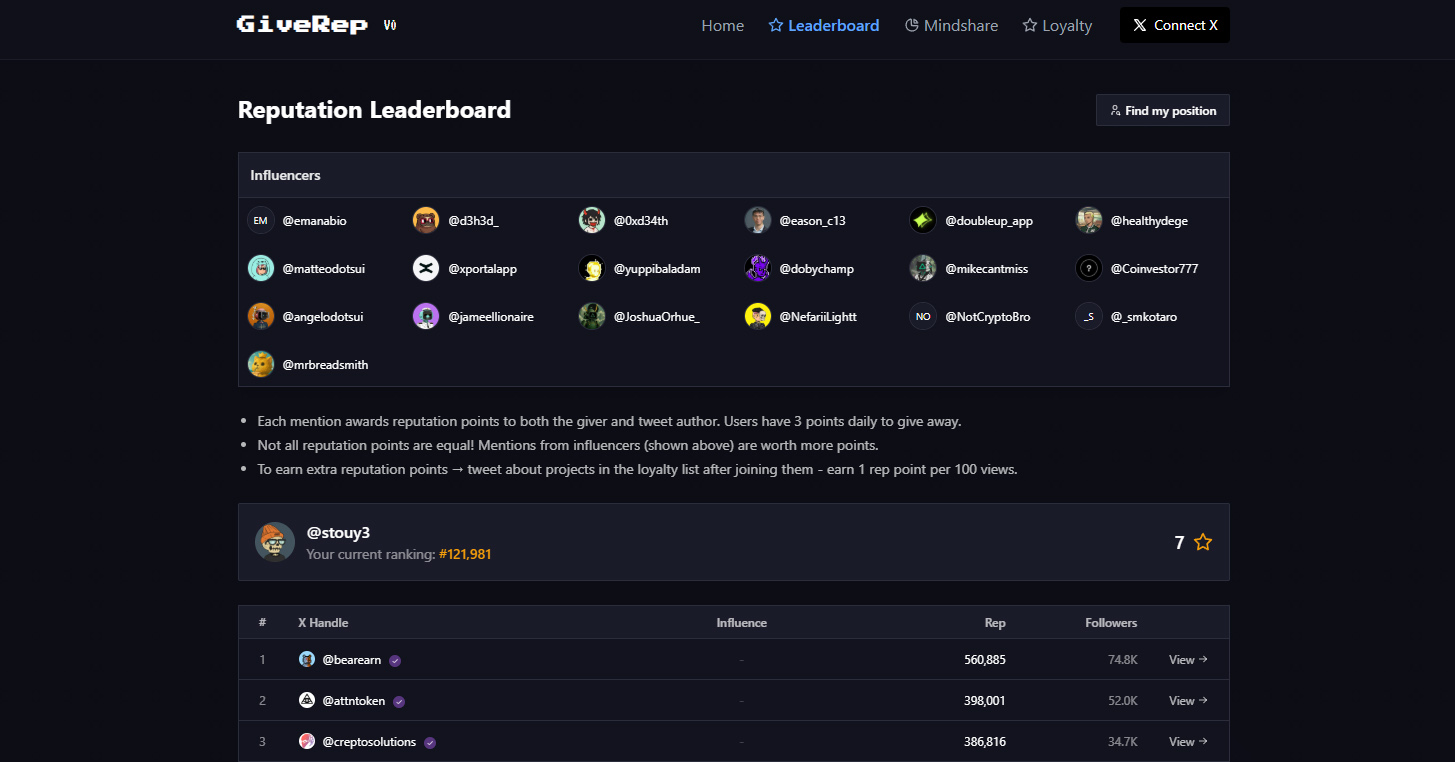
Transparent Reputation Metrics: All REP earned is verifiable and transparent on-chain, allowing users to showcase their credibility and build trust within the community.
-
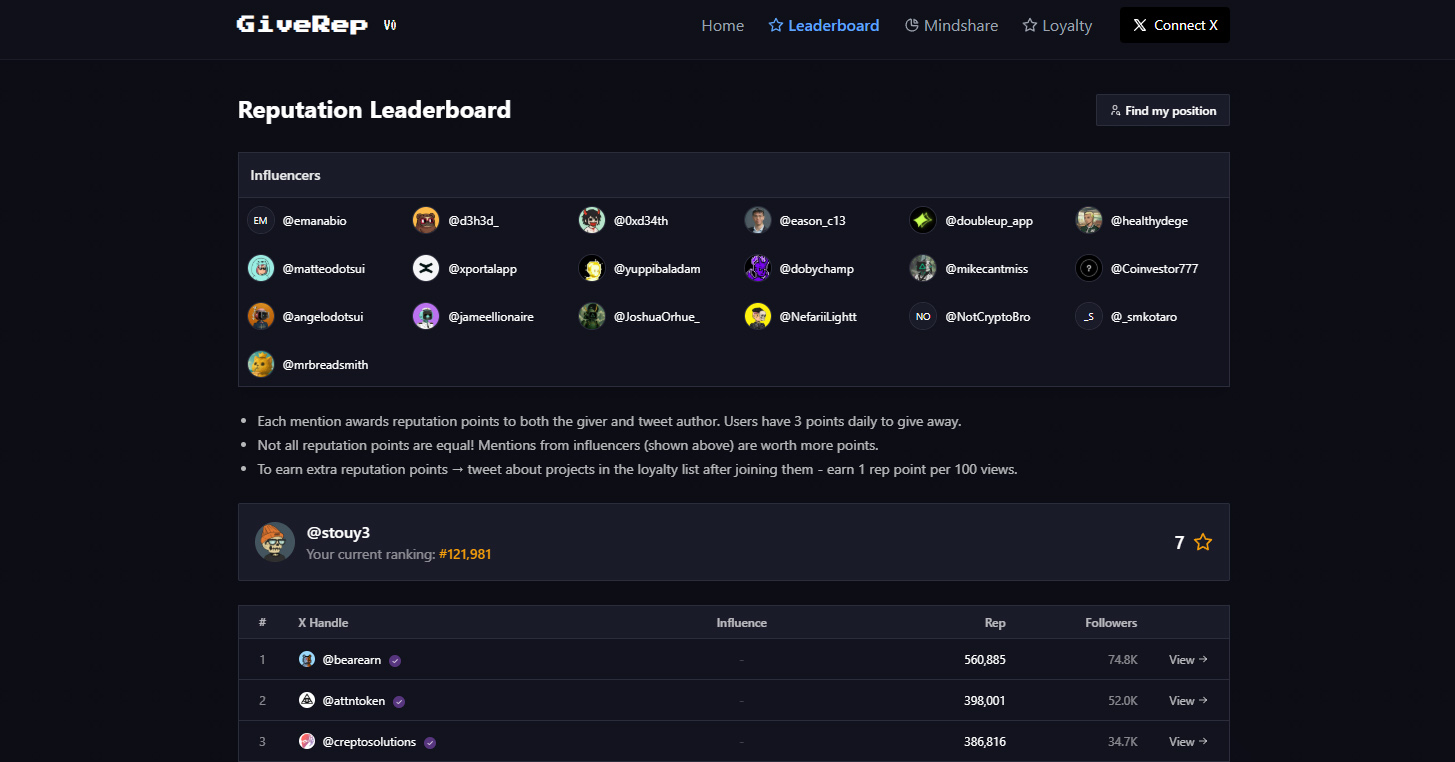
Reputation-as-a-Service for DAOs and DeFi: GiveRep integrates with DAOs and DeFi protocols, letting users leverage their on-chain reputation for access to exclusive opportunities and governance roles.
-
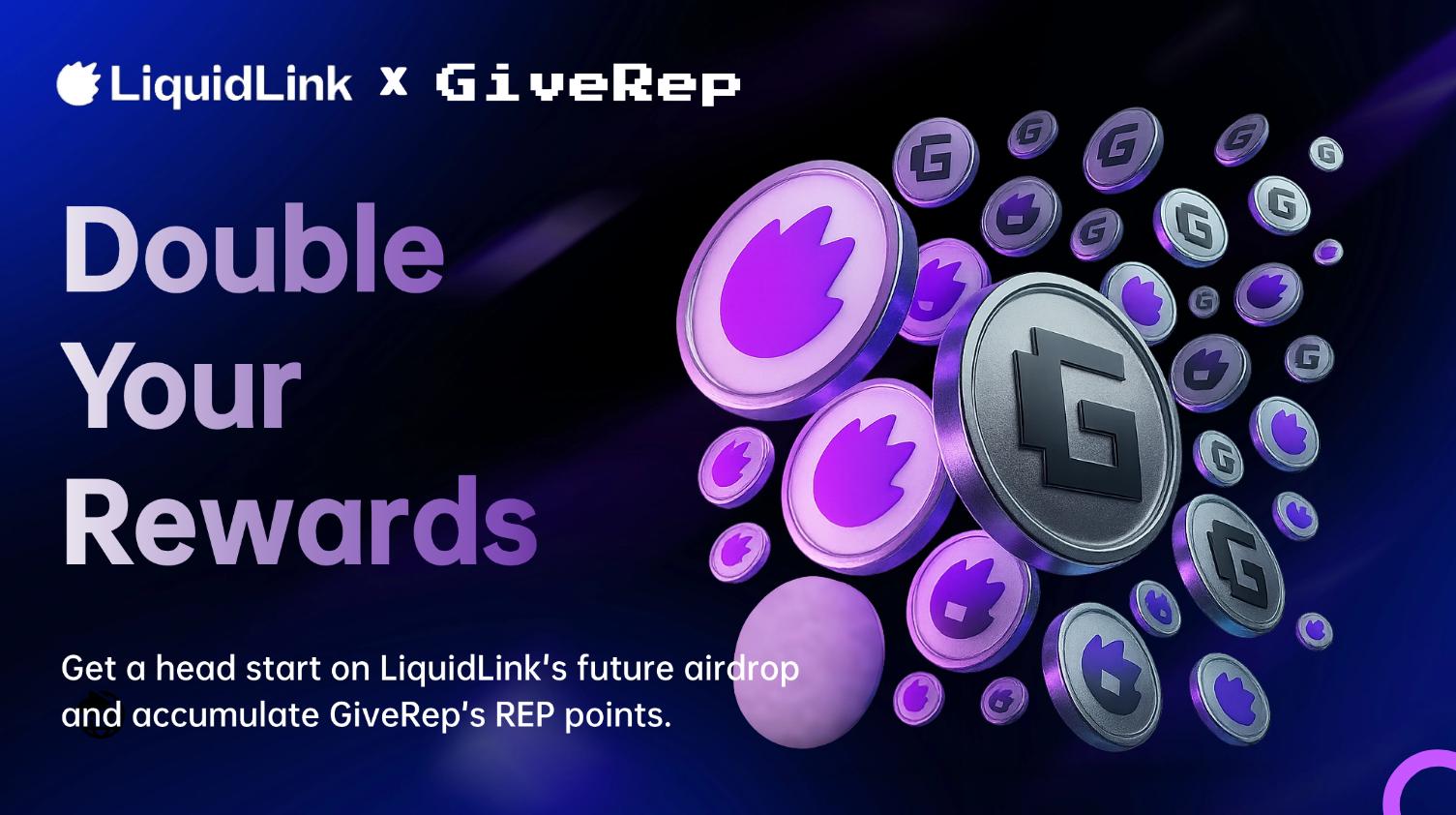
Sybil Resistance and Spam Reduction: By rewarding genuine engagement and using on-chain verification, GiveRep helps reduce spam and Sybil attacks, ensuring a healthier, more authentic social environment.
Farcaster vs. Lens Protocol: Battle of the Decentralized Social Giants
The two titans of decentralized social provides Farcaster and Lens Protocol: are both racing to build sticky communities where users own their data (and their clout). But their approaches differ in subtle ways that matter for builders and power users alike.
- Farcaster: Runs on Optimism L2, famous for its “Frames” feature, letting users take on-chain actions directly from posts (think minting NFTs or voting in DAOs without leaving your feed).
- Lens Protocol: Recently migrated to its own zkSync-based Layer 2 chain for faster settlements and lower costs. Content lives on decentralized storage like IPFS or Arweave; third parties can build apps atop the open graph.
Beneath these innovations lurks a big challenge: User retention has been tough! Farcaster’s daily active users dropped from over 40,000 to 16,000 in just one month; Lens saw new daily signups fall from 37,000 to barely over 140 in a similar period. Clearly, killer features alone aren’t enough, the next wave of growth will come from systems that reward contribution and foster real trust.
The Rise of Decentralized Social Reputation: More Than Just Points
This is where protocols like GiveRep shine. By bringing transparent metrics of activity and trustworthiness onto the blockchain, and making them composable, on-chain reputation becomes a foundation for all sorts of new incentives:
- Doxxed credibility: Your REP score is visible to anyone interacting with you or your content.
- No more Sybil attacks: Reputation systems make it much harder for bots/spammers to game the system.
- Ecosystem-wide rewards: DAOs and DeFi protocols can plug into standardized REP scores to gate perks or governance rights.
This isn’t just theory, projects like OpenRank are already providing ranking tools for any social graph, letting users pick algorithms they trust while fighting spam head-on. Academic research backs this up too; new models like Web3Recommend are tackling how to balance trust with relevance in fully open networks.
Which platform will benefit most from on-chain reputation systems like GiveRep?
Both Farcaster and Lens Protocol are integrating on-chain reputation tools to boost engagement and trust. With recent user activity challenges, which platform do you think will gain the most from these innovations?
The Future Is Transparent, and Rewarding, for Creators and Communities
If you’re building in SocialFi or just exploring what’s next for decentralized influence, keep an eye on how projects like GiveRep are reshaping incentives at every layer, from content creation to DAO governance tokens. Want to dig deeper into how these rewards actually work? Check out this deep dive: How On-Chain Reputation Rewards Work: Earning Governance Tokens Through Social Engagement.
On-chain reputation isn’t just a badge of honor, it’s becoming a passport for meaningful participation across the Web3 social universe. As SocialFi matures, the ability to prove your value and history on platforms like Farcaster and Lens Protocol unlocks new doors: think targeted airdrops, curated content feeds, and even preferential access to governance in DAOs. The best part? This reputation is portable, no more starting from scratch when you jump to a new app or protocol.
Unlocking Real Value with Decentralized Social Reputation
Let’s break down what this means for everyday users and builders:
Real-World Use Cases for On-Chain Reputation in SocialFi
-
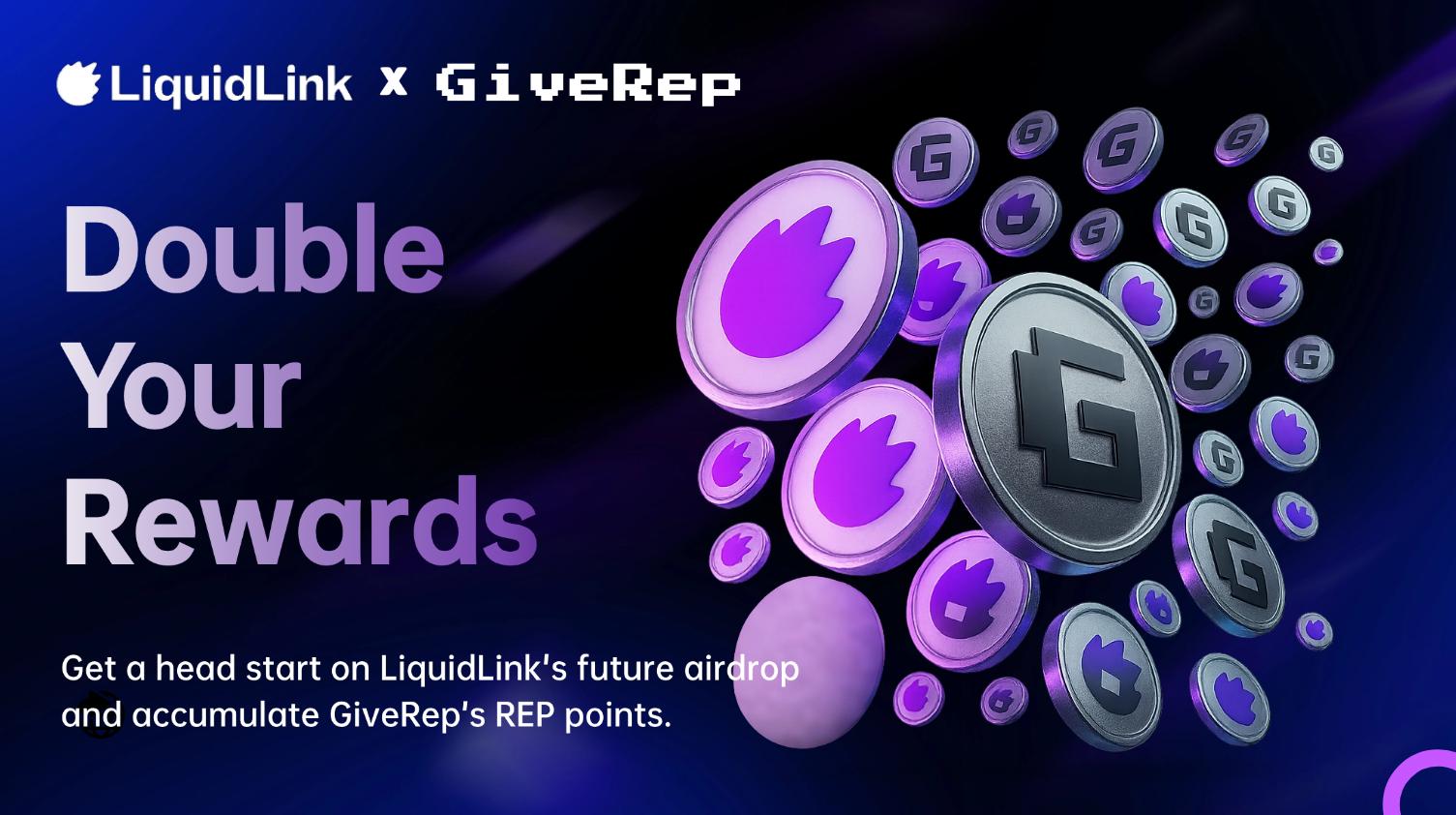
Exclusive NFT Drops for Verified Contributors: Platforms like GiveRep reward users with exclusive NFT airdrops based on their on-chain reputation scores, ensuring only genuine, active community members receive limited-edition digital assets.
-
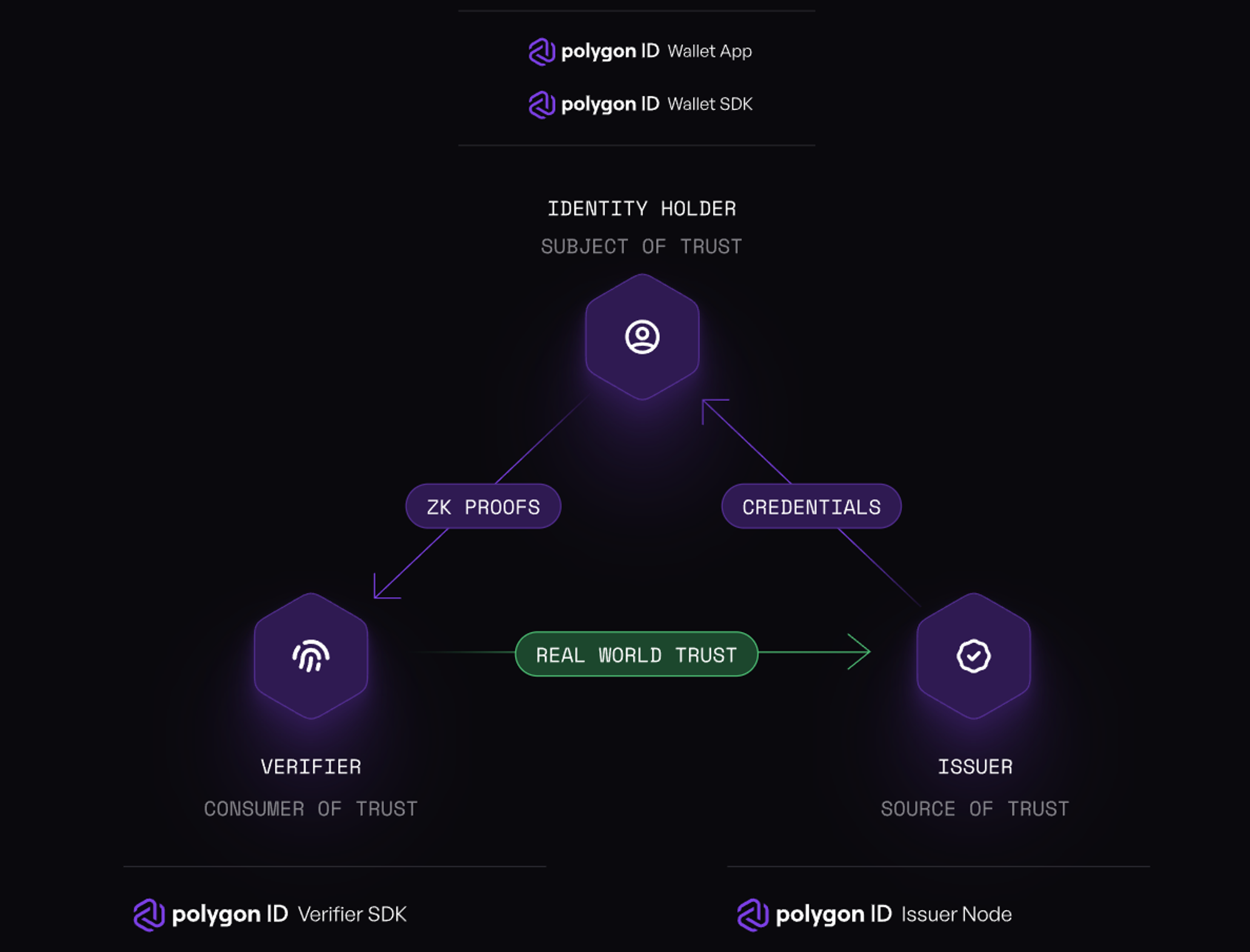
Trusted DAO Voting and Governance: On-chain reputation systems such as OpenRank and GiveRep empower DAOs on Farcaster and Lens Protocol to weigh votes based on provable user credibility, reducing Sybil attacks and making decision-making more transparent.
-
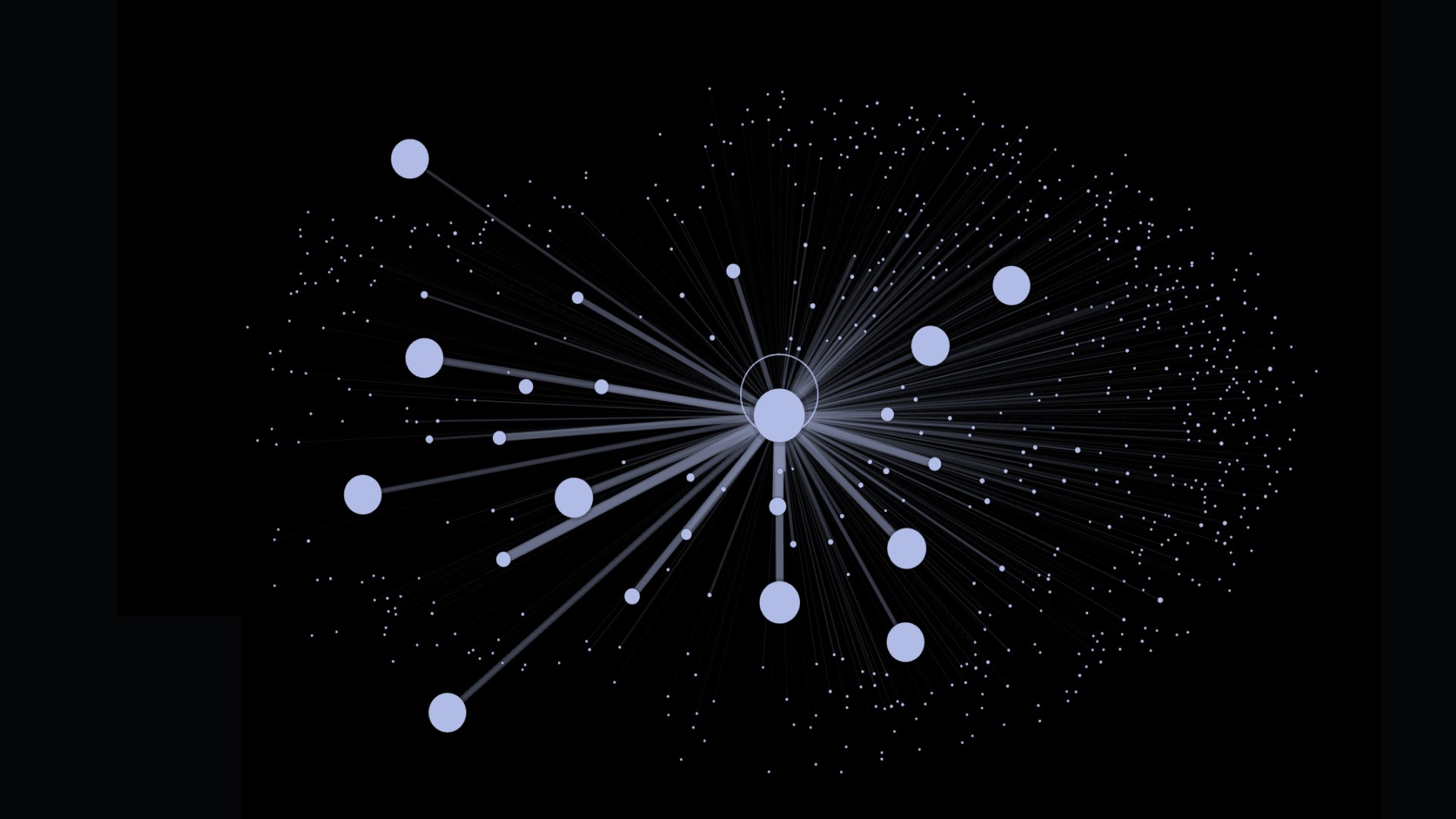
Curated Content Discovery: Reputation protocols like OpenRank enable users to filter and surface high-quality posts on decentralized social platforms, using on-chain trust metrics to spotlight valuable creators and reduce spam.
-
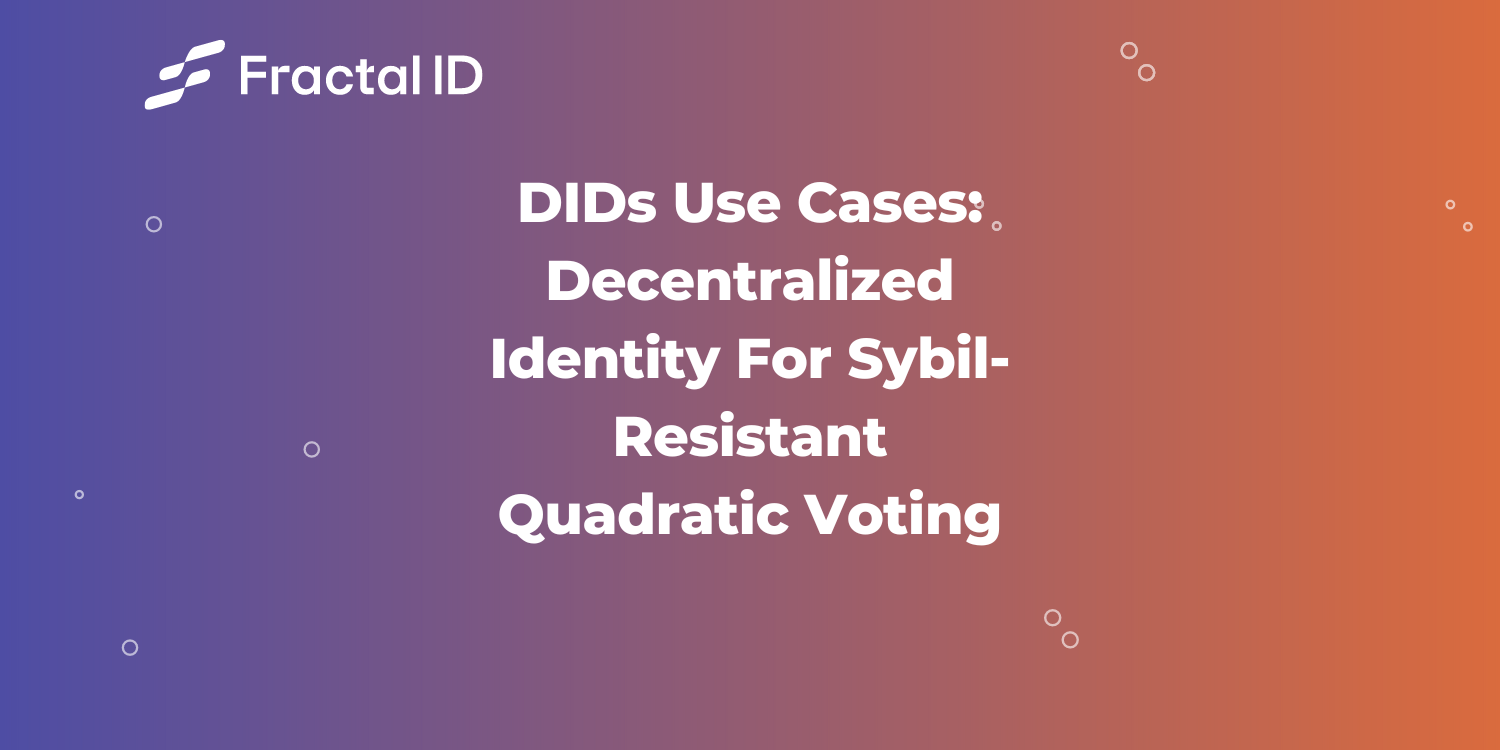
Sybil-Resistant Social Campaigns: Projects on Lens Protocol and Farcaster use on-chain reputation to ensure that social campaigns—like giveaways or referral programs—reward real, engaged users instead of bots or fake accounts.
-

Reputation-Backed DeFi Access: Some DeFi protocols are experimenting with integrating SocialFi reputation (e.g., from GiveRep) to unlock special lending rates, yield opportunities, or whitelist access for users with strong on-chain reputations.
For creators, on-chain REP offers proof-of-engagement that can drive brand deals or unlock platform-native rewards. For communities, it means spammy accounts get filtered out while genuine contributors rise to the top. And for developers? Integrating GiveRep or similar protocols provides a plug-and-play layer for trust, no need to reinvent the wheel every time you want to reward loyal users or moderate content.
The ripple effects are already showing up across the ecosystem. OpenRank’s customizable ranking tools let users choose what they value most, activity, longevity, impact, and apply it across any social graph. Meanwhile, academic innovations like Web3Recommend are pushing decentralized recommendation engines into new territory, making relevance and trust programmable at the protocol level.
Challenges Ahead, and Why On-Chain Reputation Is Here to Stay
Of course, no system is perfect. On-chain reputation must balance transparency with privacy, users want control over what gets shared and how scores are calculated. There’s also a risk of over-gamifying engagement (hello, like-farming!), so protocols need robust Sybil resistance and context-aware scoring.
But the momentum is undeniable. As Farcaster rebounds from its user dip and Lens Protocol continues optimizing its L2 chain for speed and cost-efficiency, expect on-chain reputation systems to become table stakes for any serious SocialFi project.
If you’re hungry for more details on how these systems tie into token rewards and governance rights, don’t miss this read: How Reputation-Based Rewards Are Reshaping Governance Token Incentives in DeFi.
Get Involved: The Next Era of Web3 Social Starts with You
The bottom line? On-chain reputation is quickly becoming the backbone of trust in decentralized social networks. Whether you’re farming REP on GiveRep by contributing thoughtful posts or building dApps that tap into these new metrics of credibility, your digital footprint finally works for you, not just Big Tech ad algorithms.
If you’re ready to experiment with earning REP or want to see which platform fits your style, Farcaster’s interactive Frames or Lens’s modular open graph, the time is now! Your voice (and your rep) matter more than ever as we shape the next generation of online communities together.



